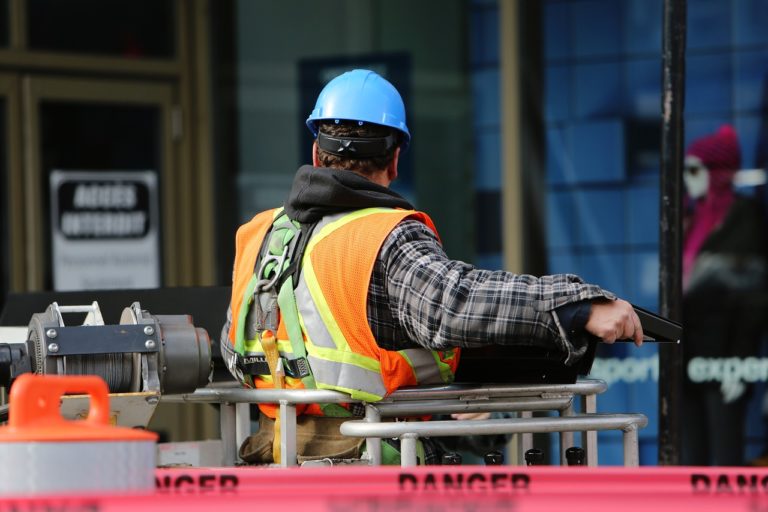
Work Boots and Safety Footwear for Leg Protection

The Importance of Choosing the Right Work Boots
When it comes to workplace safety, one of the most critical aspects is protecting your legs and feet.
Proper work boots and safety footwear play a crucial role in ensuring that employees stay safe and productive on the job. Whether you work in construction, manufacturing, agriculture, or any other industry with potential hazards, having the right footwear can prevent injuries and enhance overall comfort and efficiency.
Key Features to Consider
Choosing the right work boots involves considering several key features:
- Toe Protection: Look for boots with steel, composite, or aluminum toe caps to protect against impact and compression.
- Midsole Protection: Boots with puncture-resistant midsoles can prevent injuries from sharp objects penetrating through the sole.
- Slip Resistance: Soles with slip-resistant treads provide better traction on various surfaces, reducing the risk of slips and falls.
- Waterproofing: For outdoor or wet environments, waterproof boots keep feet dry and comfortable.
- Electrical Hazard (EH) Rating: EH-rated boots protect against electrical hazards, crucial in industries with electrical equipment.
- Comfort: Features like cushioned insoles, breathable linings, and ergonomic designs enhance comfort during long hours of wear.
Types of Work Boots
There are several types of work boots designed for specific job requirements:
- Steel-Toe Boots: Provide maximum protection against impact and compression.
- Composite-Toe Boots: Lightweight alternative to steel toes, often non-metallic.
- Metatarsal Boots: Extend protection to the metatarsal bones in the foot.
- Insulated Boots: Keep feet warm in cold environments.
- Chemical-Resistant Boots: Protect against chemical spills and exposure.
- Logger Boots: Designed for forestry work, offering high ankle support and waterproofing.
Regulations and Standards
It’s important to select work boots that meet industry safety standards and regulations. In the United States, the Occupational Safety and Health Administration (OSHA) sets guidelines for protective footwear under CFR 1910.136. Similarly, the European Union requires CE marking for safety footwear compliance with EN ISO 20345:2011 standards.
Proper Fit and Maintenance
Ensuring the proper fit of work boots is crucial for comfort and effectiveness. Here are some tips:
- Try on boots with the socks you typically wear at work.
- Check for proper toe room (about a thumb’s width between the longest toe and the boot).
- Walk around to test comfort and support.
- Inspect boots regularly for signs of wear and tear.
- Replace boots when they no longer provide adequate protection.
Safety boots and safety footwear are more than just accessories—they are essential tools for protecting workers from injuries and ensuring workplace safety compliance. By choosing the right boots with appropriate features and maintaining them properly, employers can create a safer and more productive work environment. Investing in quality footwear not only reduces the risk of accidents but also enhances employee morale and overall job satisfaction.
Remember, when it comes to leg protection, there’s no compromise—choose safety, choose the right work boots.